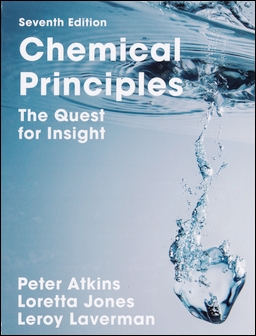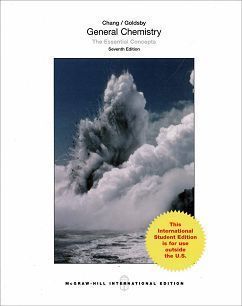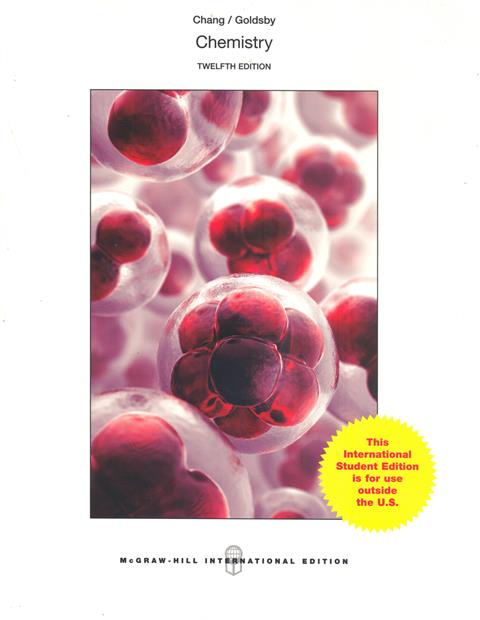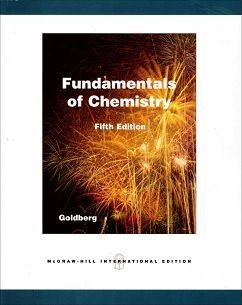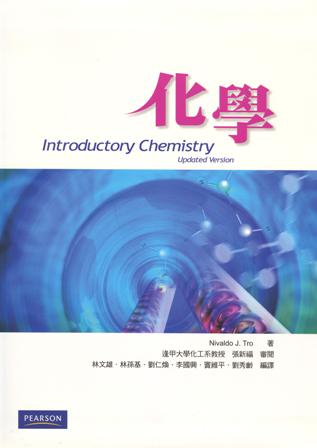書籍分類
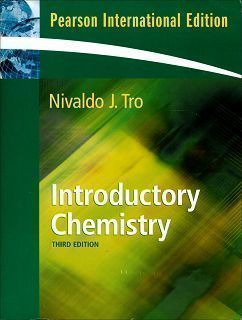
Introductory Chemistry 3/e
作者:Nivaldo J. Tro
原價:NT$ 1,200
ISBN:9780321566911
版次:3
年份:2008
出版商:Pearson Education
頁數/規格:858頁/平裝彩色
版次:3
年份:2008
出版商:Pearson Education
頁數/規格:858頁/平裝彩色
本書特色 目錄
- New to This Edition
- Conceptual Checkpoints - There is a 30% increase in the number of these strategically located conceptual questions that enhance understanding of chemical principles, encourage students to stop and think about the ideas just presented, and provide a tool for self-assessment. These checkpoints now also include questions that prompt students to visualize the molecular world.
- Many more illustrations showing molecular depictions of a real-world object or process have a magnified breakout to better convey a proper sense of scale.
- A new section on the role of energy within chemical and physical change (Section 3.9) has been added to Chapter 3.
- A new section on the stoichiometry of enthalpy (Section 8.7) has been added to Chapter 8.
- p-scale coverage in Section 14.9 has been expanded to include pOH.
- The coverage of balancing of the redox reactions has been expanded in Section 16.4.
- A For More Practice feature has been added at the end of each worked Example that lists the review examples and end-of-chapter problems that provide more opportunity to practice the skill(s) covered in the Example. Students have specifically asked for connections between Examples and end-of-chapter problems,
- MORE Student Exercises - All chapters contain exercises divided into four types: questions, problems, cumulative problems, and highlight problems. In the third edition, Tro has included over 200 new exercises at the request of our adopters and reviewers.
-
MasteringChemistry™ is the most advanced chemistry homework and tutorial system available. This online homework and tutoring system utilizes the Socratic Method to coach students through problem-solving techniques, offering hints and simpler questions on request. It tutors students individually with feedback specific to their errors.MasteringChemistry™ helps students learn, not just practice.



